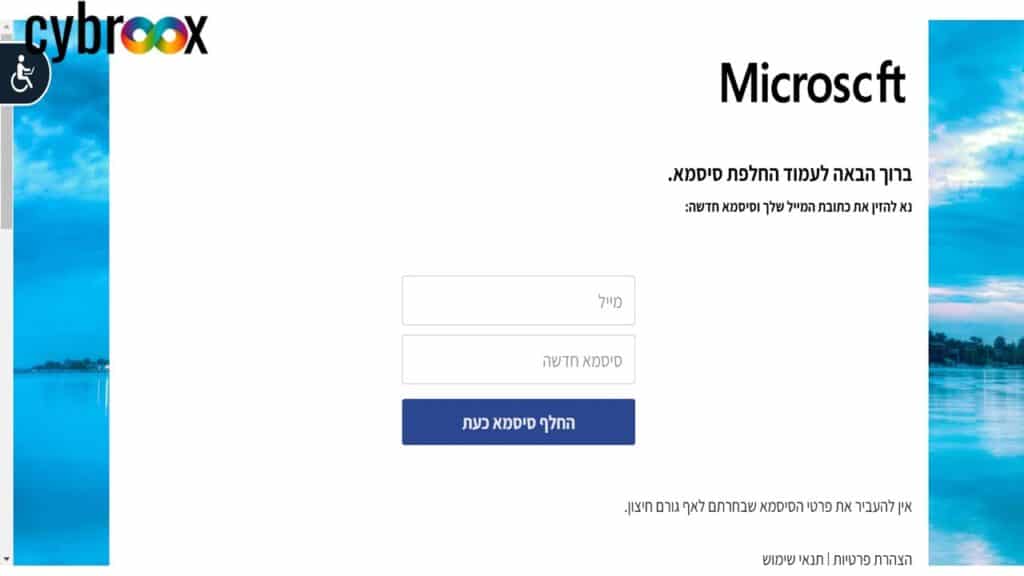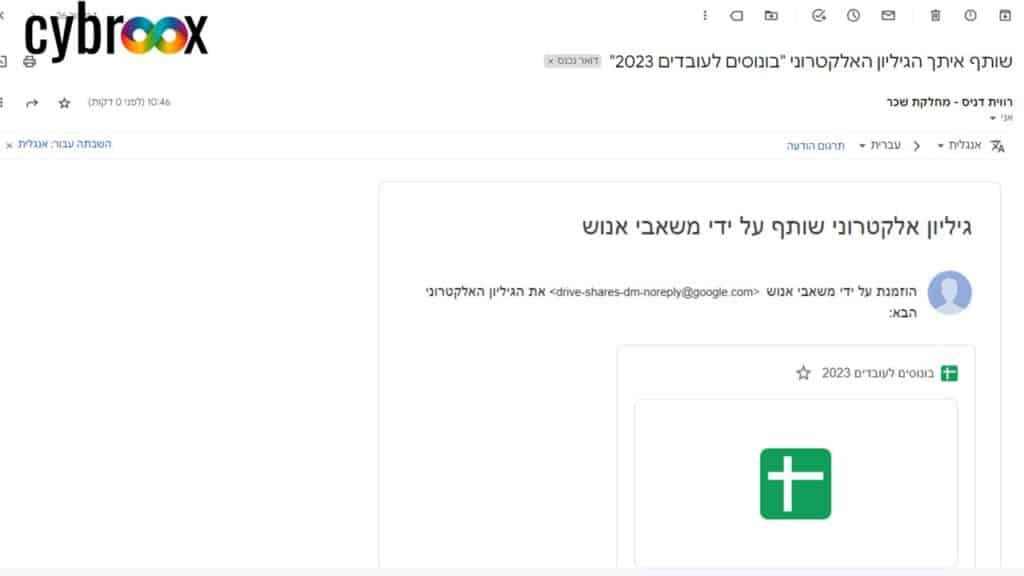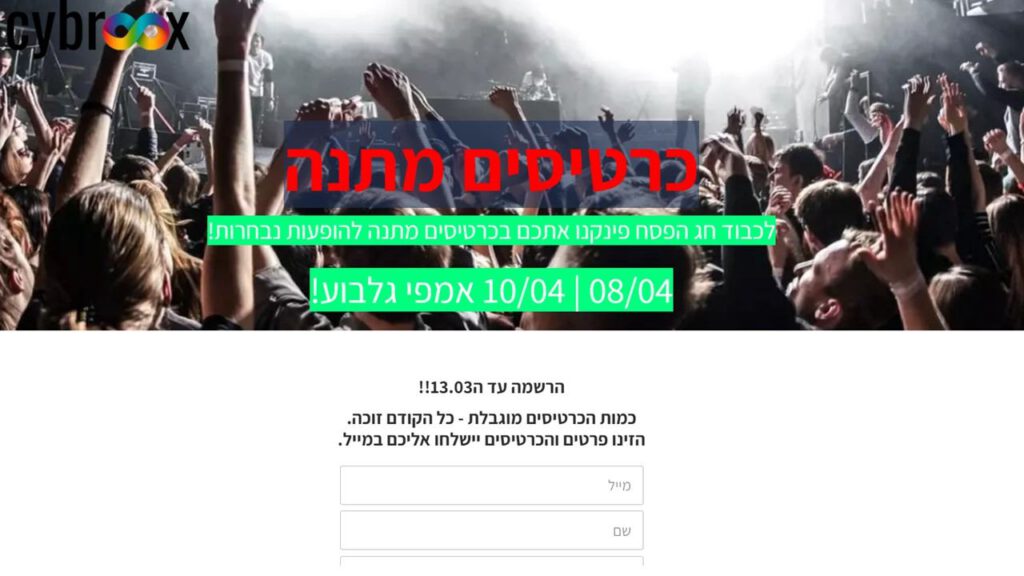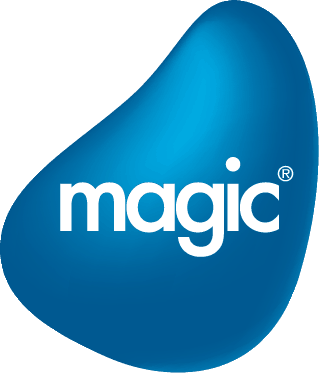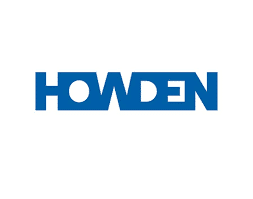Phishing Campaign for Organizations: A Comprehensive Cyber Defense Strategy
In the advanced digital age, organizations of all sizes and sectors face complex and evolving information security challenges. Sophisticated phishing attacks threaten an organization’s digital assets, reputation, and ongoing operations. Managed phishing campaigns offer a comprehensive and effective solution to combat these threats, while strengthening overall organizational resilience. In this article, we will delve into the importance of phishing campaigns for organizations and examine how they constitute a strategic tool in modern cyber defense.
What is a managed phishing campaign?
A managed phishing campaign is a comprehensive and well-planned program that simulates real phishing attacks in a controlled environment. Its main goal is to raise awareness of information security among an organization’s employees, identify weaknesses in organizational cybersecurity, and provide targeted training to improve defensive capabilities.
Campaign components:
- Attack simulations : sending simulated phishing messages to employees.
- Monitoring and data collection : Tracking employee responses to phishing attempts.
- Results analysis : Extracting insights from the collected data.
- Targeted training : Developing training programs based on results.
- Measuring improvement : Conducting repeated tests to check progress.
The uniqueness of advanced phishing campaign solutions
Customization to the needs of the organization
Effective phishing campaigns are designed to fit the unique structure, culture, and needs of each organization. This includes:
- Scenario matching : Creating simulations that reflect industry and organization-specific threats.
- Integration into work processes : Implementing the campaign in a way that integrates into the daily work routine.
- Linguistic and cultural fit : Using language and contexts that are appropriate for the organizational culture.
End-to-end management
A team of experts manages all aspects of the campaign, allowing the organization to focus on its core business:
- Strategic planning : Formulating a comprehensive plan tailored to the organization’s goals.
- Technical execution : Running the simulations and technological tools.
- Analysis and reporting : Producing in-depth insights and recommendations for action.
Gradual and continuous learning
The gradual approach allows employees to learn and improve naturally:
- Increasing difficulty levels : starting from simple scenarios and progressing to more complex threats.
- Immediate feedback : Providing explanation and guidance immediately after each phishing attempt.
- Personal monitoring : Adapting training to the level of awareness and performance of each employee.
Advanced and interactive training
The training programs combine theoretical knowledge with practical practice:
- Interactive workshops : experiential learning through simulations and role-playing.
- Online learning : digital content that allows learning at a personal pace.
- Practical practice : Experience identifying and dealing with phishing threats in a safe environment.
Innovative simulation tools
Advanced simulators simulate a real work environment:
- Similarity to the work environment : A user interface identical to the organizational systems.
- Dynamic scenarios : Creating complex situations that change depending on user responses.
- Behavior analysis : Collecting in-depth data on behavioral patterns and responses.
The strategic benefits of phishing campaigns for organizations
Improving image and reputation
- Increased credibility : An organization that invests in information security is perceived as more trustworthy and professional.
- Marketing advantage : The ability to present an advanced security system is a significant selling point.
- Stakeholder trust : Customers, partners, and investors value investment in information security.
Competitive advantage in the market
- Business differentiation : A high level of security differentiates the organization from competitors.
- Compliance : Ability to meet stringent security requirements from customers and regulators.
- Expanding business opportunities : Opening doors to markets and customers that require a high level of security.
Long-term cost savings
- Damage prevention : Reducing the risk of costly security incidents.
- Operational efficiency : Improvement in work processes related to information security.
- Reducing insurance costs : Possibility of receiving reduced rates on cyber insurance.
Improving internal processes
- Identifying weak points : Identifying and addressing weaknesses in work processes.
- Systems optimization : Improvement of existing information security systems.
- Prioritizing investments : Directing resources to areas that require improvement.
Empowering employees and strengthening organizational culture
- Increased awareness : Making employees the first line of defense against cyber threats.
- Personal responsibility : Fostering a sense of responsibility for information security among employees.
- Overall performance improvement : Information security skills improve overall efficiency.
Why do organizations need managed phishing campaigns?
Protecting critical information assets
- Sensitive information : Protection of trade secrets, financial information and customer details.
- Intellectual property : protection of patents, development and research programs.
- Databases : Securing large and complex databases.
Maintaining business continuity
- Preventing downtime : Reducing the risk of disruptions in business activities.
- Reputation protection : Preventing image damage resulting from security incidents.
- Maintaining customer trust : Ensuring continuity of service and protecting customer privacy.
Compliance with regulatory requirements
- Data security regulations : Compliance with regulations such as GDPR, CCPA, and others.
- Industry standards : Compliance with industry-specific standards such as PCI DSS in finance.
- Reporting and transparency : Ability to present comprehensive security processes to regulators.
Strengthening stakeholder trust
- Transparency : Demonstrating a commitment to information security to customers and partners.
- Stability : Increasing investor confidence in the long-term stability of the organization.
- Market Leadership : Establishing a position as a leader in the field of information security in the industry.
Developing an organizational security culture
- Organization-wide awareness : Implementing the importance of information security at all levels of the organization.
- Continuous improvement : Creating a process of continuous learning and development in the field of security.
- Flexibility and responsiveness : Developing the ability to adapt cyber defense to changing threats.
Summary: Strategic Investment in the Future of the Organization
In an era where information is a strategic asset, managed phishing campaigns are an essential tool for organizations seeking to protect themselves and their customers. The unique phishing campaign solution offers a comprehensive approach, combining advanced technology with a deep understanding of the organization’s needs.
Through a combination of expertise, customization, and ongoing support, Phishing Campaigns helps organizations:
- Build a strong defense system
- Maintain stakeholder trust
- Ensure their continued growth in the competitive market
Investing in managed phishing campaigns is not only a means of protection, but also a smart business strategy that yields significant long-term returns. It strengthens organizational resilience and ensures a stable and secure future in the evolving digital world.
In a world where cyber threats are becoming more complex and sophisticated every day, investing in phishing campaigns is not only a necessity, but a strategic imperative for any organization seeking to secure its future in the digital age.
